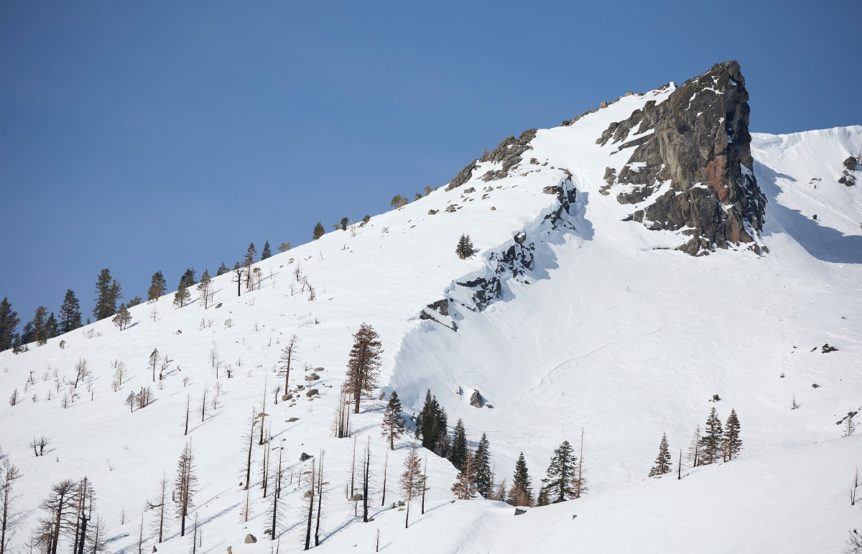
Readings from the California Department of Water Resources (DWR) indicate that three weeks of storms have brought significant improvements to the California snowpack. At the second manual snow survey of the season, DWR’s Snow Surveys and Water Supply Forecasting Unit Manager Sean de Guzman said the snowpack is off to an incredible start.
“Our survey today recorded a snow depth of 85.5 inches and a snow water content of 33.5 inches. That is 193 percent of average to date, and 137 percent of the April 1 average at this location,” said de Guzman. “Our statewide snowpack – based off of our automated snow sensor network – is 205 percent of average.”
Readings from DWR’s electronic network of snow sensors indicate that the overall California snowpack currently sits at 128 percent of the April 1 average. While the state will still need additional rain and snow over the next two months, California’s water supplies are in a much better position than this time last year.
“We’re actually currently outpacing 1982-1983 which is the wettest year on record dating back about 40 years. Thanks in part to nine different atmospheric rivers that hit California,” de Guzman explained. “Since December 1, we’ve actually seen an increase of almost nine million acre-feet of reservoir storage statewide.”
The wetter start to the season should help with maximizing the water value of the California snowpack. Exceptionally dry soils in the past have prevented some of the snow from making its way to reservoirs as water runoff. While it is less of a concern this year, there is still the issue of how warm temperatures could impact available water in the months ahead.
“As we experience these warmer ambient temperatures, that does evaporate water or snow more quickly and we don’t realize that as a water supply source that we have become accustomed to managing here in California,” said DWR Director Karla Nemeth. “So, warming temperatures are an increased demand on our available surface water. Those are the things that we are watching very closely that can affect our runoff into rivers, streams, and reservoirs.”










